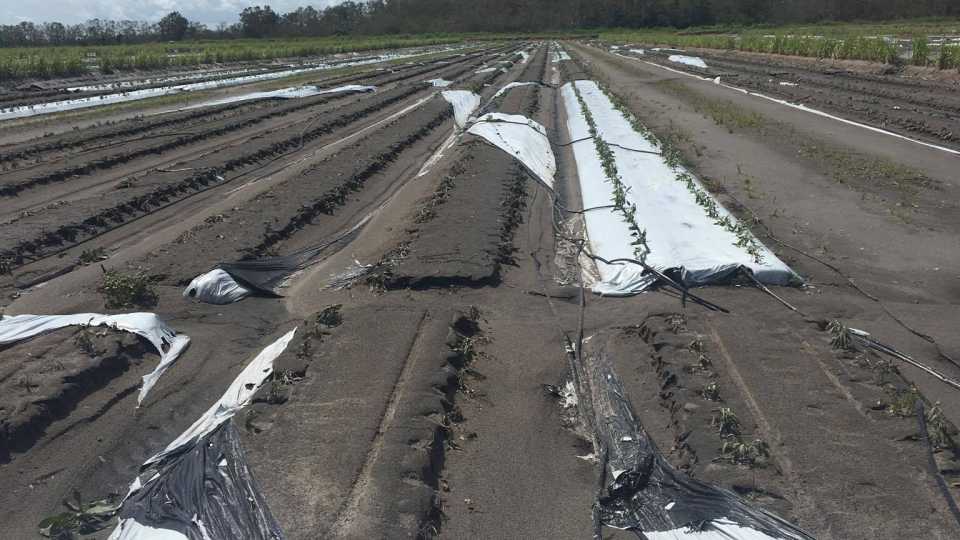Successful Formula To Keep Your Tomato Crops Safe From Purple Nutsedge
A new study from University of Florida shows a combination of herbicide and fertilizer can help prevent purple nutsedge weeds from harming tomatoes.
When nutsedge infests plastic-mulch beds, it competes with tomato plants for vital resources such as water and nutrients, says UF/IFAS Weed Scientist Ramdas Kanissery. “These weeds are particularly difficult to manage in crops like tomatoes that grow in plasticulture systems because they are the only weeds that can puncture plastic mulch.”
Research shows an infestation of purple nutsedge can reduce tomato yields by more than 40%, Kanissery emphasizes.
To control nutsedge, tomato growers traditionally use a pre-emergence herbicide – which is sprayed on soil before the weed sprouts from the ground. Kanissery says the problem with that approach is the herbicide can leach into the root zone of tomato plants, which can minimize crop growth. The new study found that if growers apply herbicides such as S-Metolachlor to raised tomato beds before laying down plastic mulch, they can control nutsedge without harming crop. Combining that with fertilizer adds an extra layer to promote health and/or yield.
“This method is particularly popular in midwestern states for crops such as wheat,” Kanissery says. “One challenge of weed management in Florida is herbicide leaching. By combining a slow-release iron fertilizer with the pre-emergence herbicide, we aim to address these challenges and improve weed control.”
Click here to read the study in its entirety about purple nutsedge management in tomato plasticulture.









